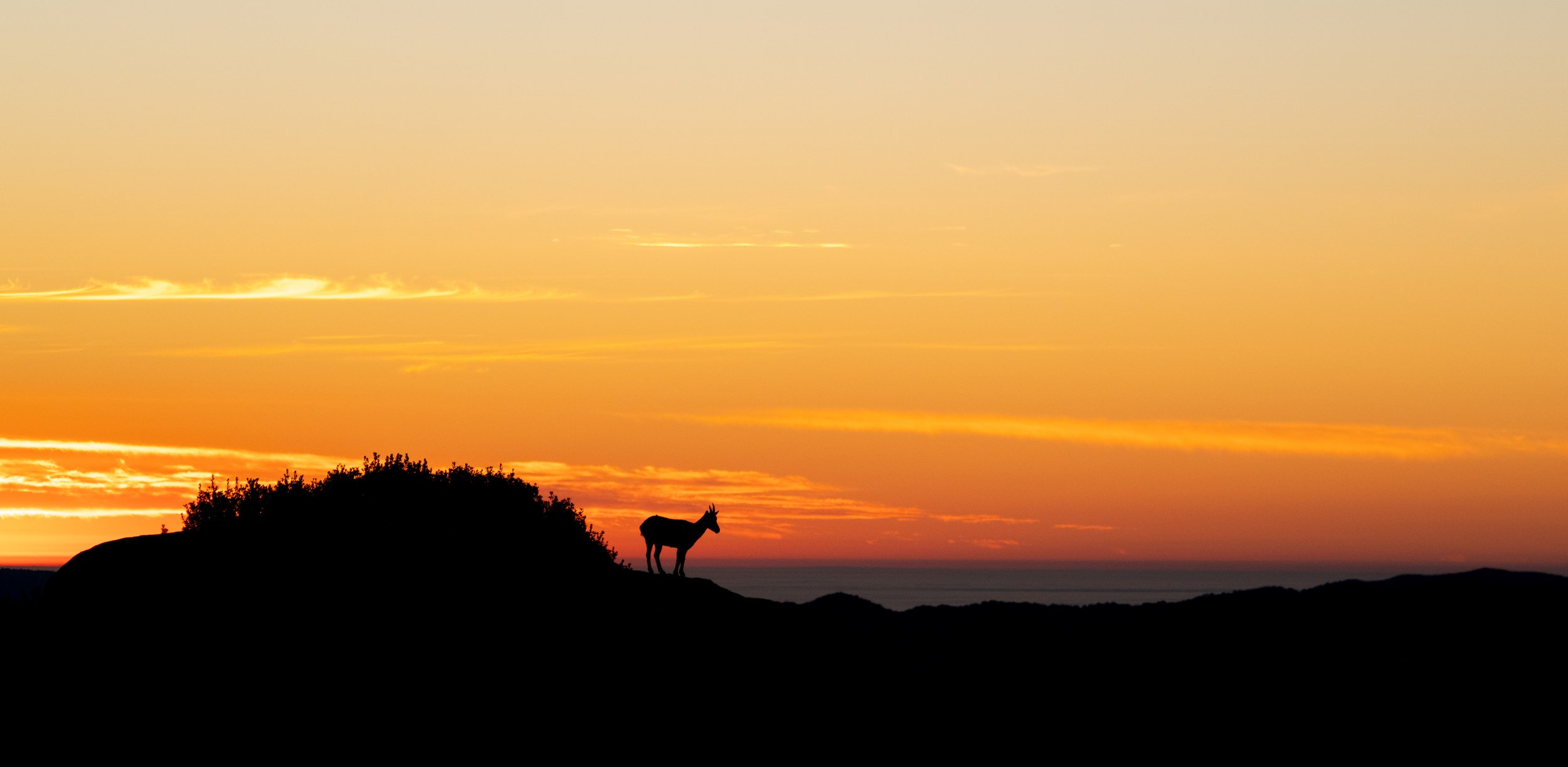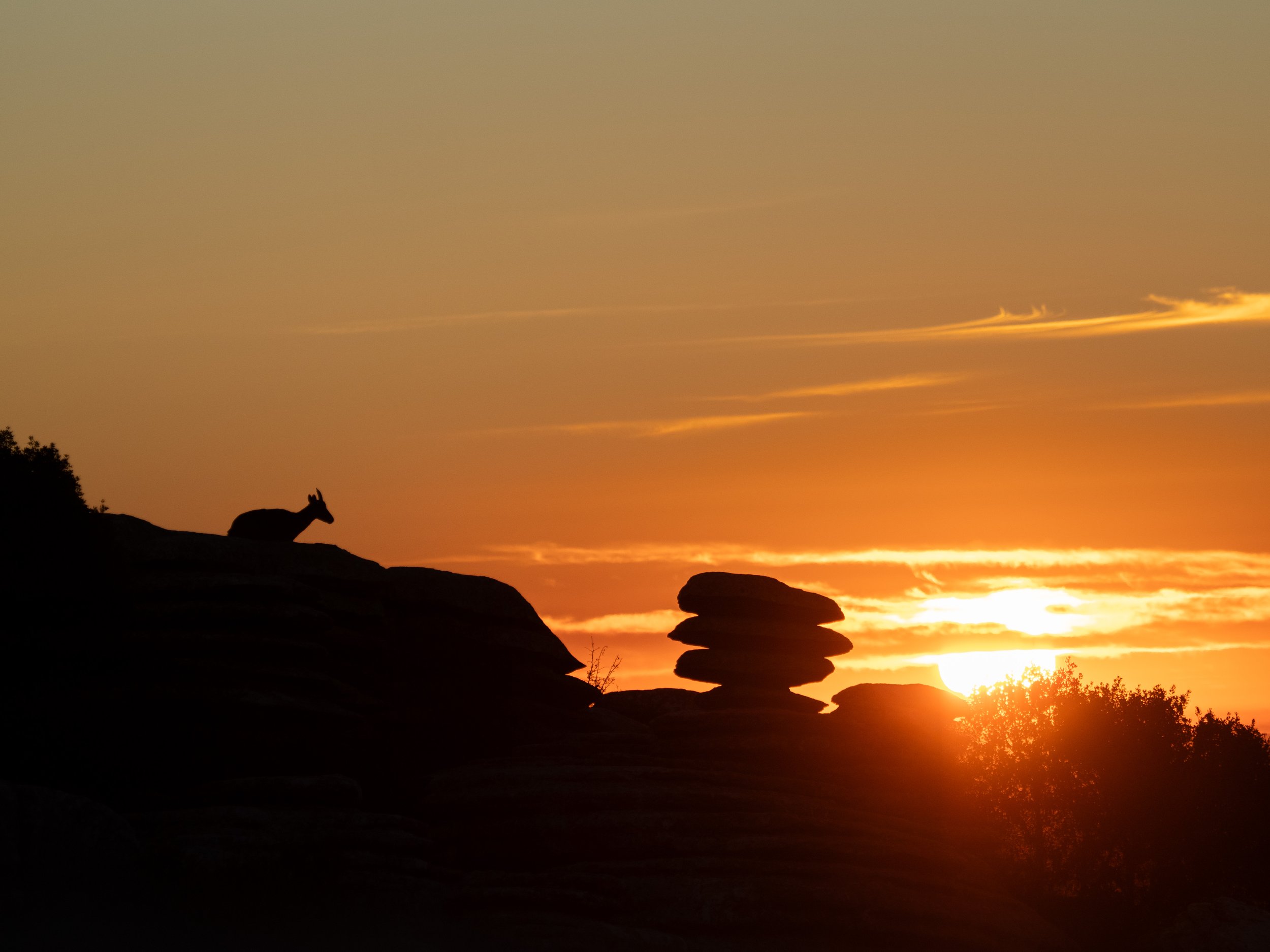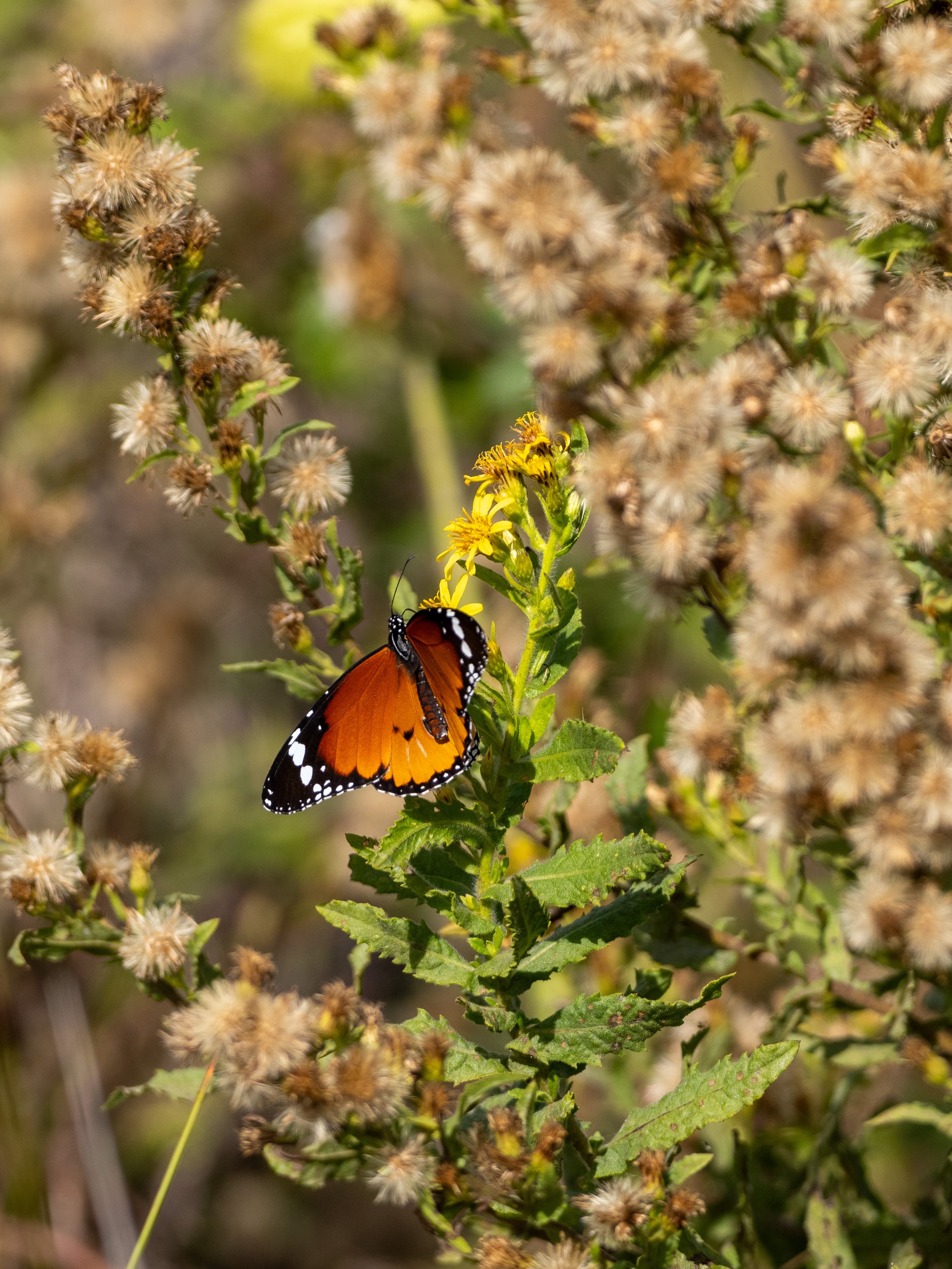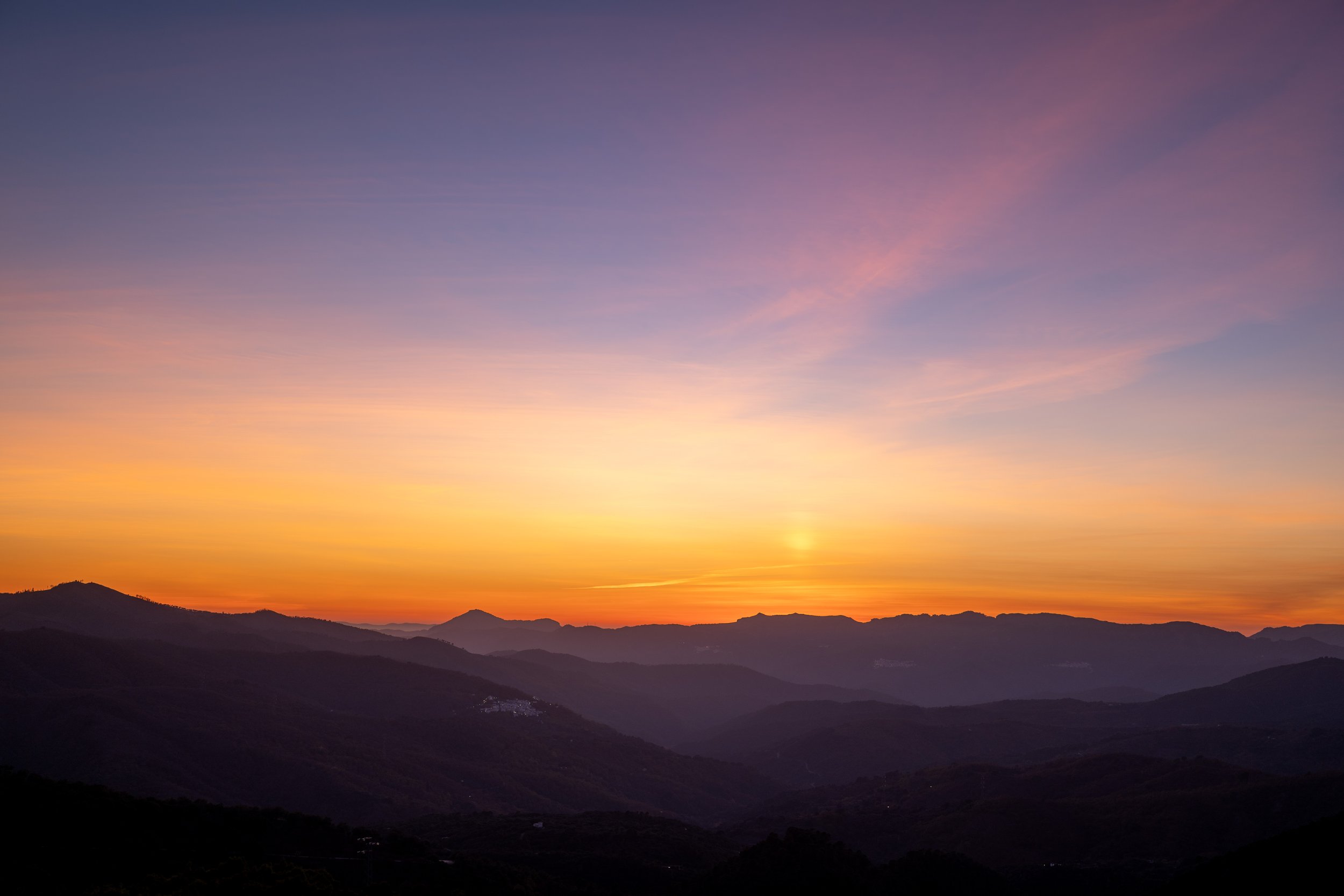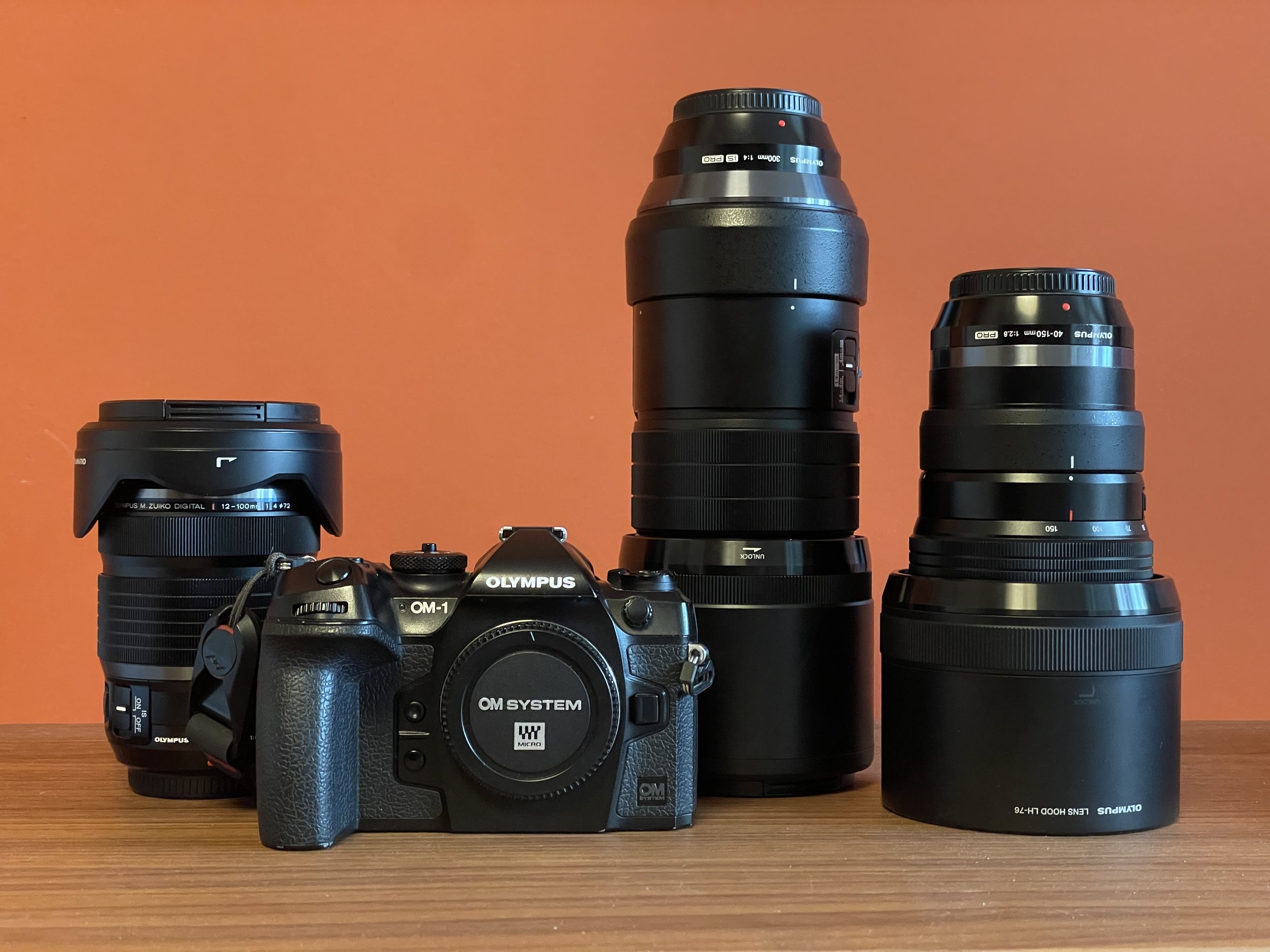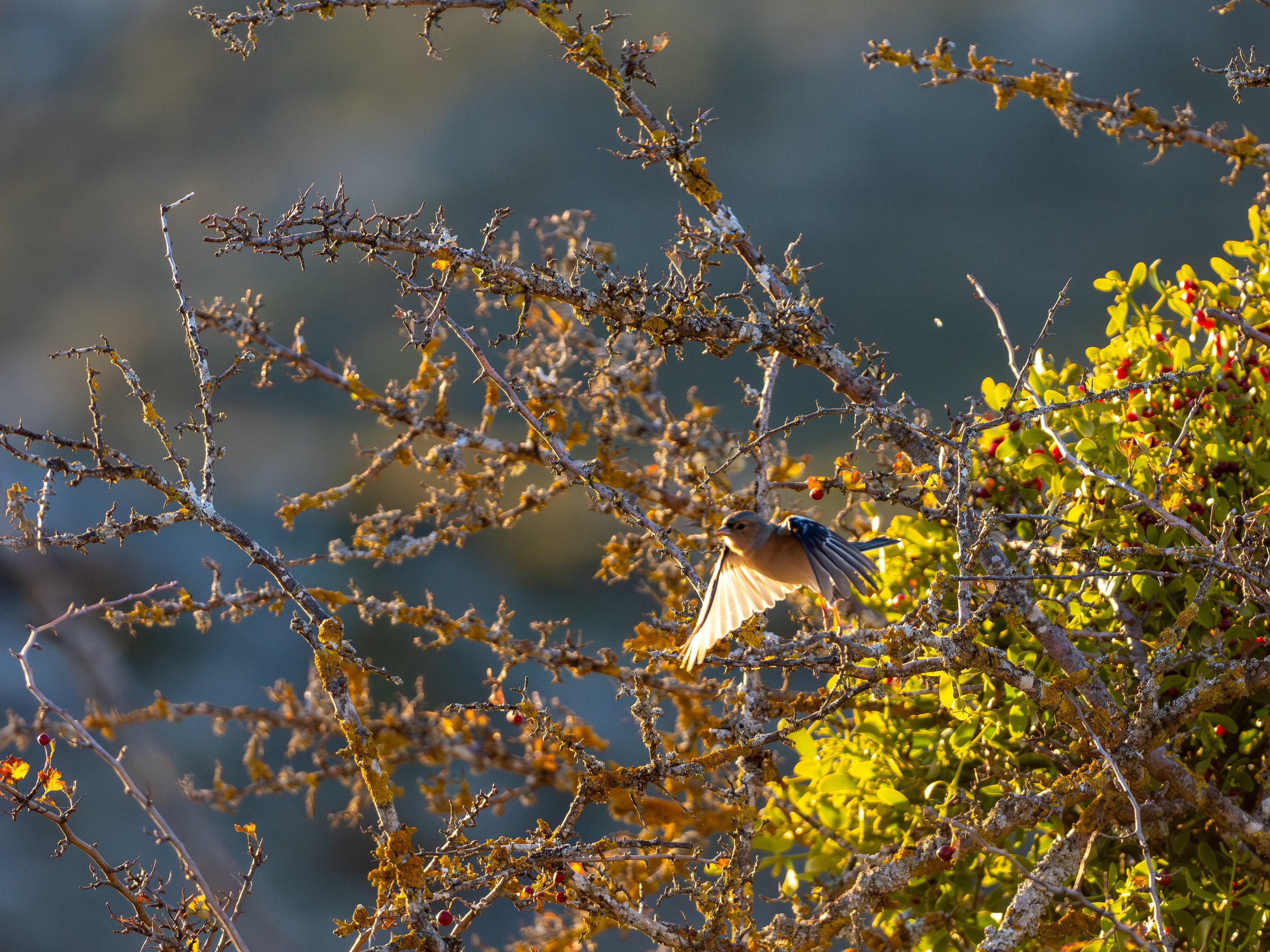Photographing Wildlife
A couple of weeks ago I went on a wildlife photography holiday in Andalucia, Spain. It was the first dedicated and organised photography trip I ever went on, and I had no idea if it’d be something for me. I like photographing birds and other animals but I had never sat in a hide before for hours and I wondered; would I be bored stiff?
Well, if the wildlife wasn’t for me, I would still be in Andalucia, a region I visited before and absolutely loved, so I figured it was worth the risk. Also since this was my first such trip and didn’t really know whether I’d be there for the animals or the landscape in the end, I had a hard time deciding what lenses to take. In the end, unsurprisingly I decided to basically take the whole bunch. “Madre Mia” exclaimed the lady at Malaga airport when I and a fellow photographer had to take out our lenses for the security scanners on the way back.
The trip was organised by Espen Helland, who I know from his YouTube channel, and his excellent OM System for Wildlife Photography course, and Álvaro Peral who runs Wild Andalucia. We were based out of Ronda – known for its famous chasm-spanning bridge and apparently a story by Ernest Hemingway about the town leaders being thrown off said bridge – and explored the area around for a week as far as Gibraltar.
This holiday I had planned for myself featured a progression of increasingly early rises, so that when, by the end of it, we were expected out only at 6:30AM it felt like I had a proper lie-in. It was worth it though; we wanted to arrive at the places Espen and Álvaro had selected before sunrise, and that required some sacrifices.
The first time we woke up early – 6am I think – it was to see vultures glide in the early morning across the mountain cliffs – a majestic sight which I wasn’t able to capture in a decent way on my camera not having my settings quite right. One of the benefits of going on a photography trip is to learn from the organisers, and I did a ton as the week progressed. However, for the vultures in flight I’ll have to come back another time.
The second morning we got up earlier – I think it was 5am – to photograph cranes as they passed in front of what we hoped would be a beautiful sunrise. The chosen setting, the sunrise, proved indeed to be a beautiful one and I happily shot way too many pictures as the darkness and mist slowly gave way to a fiery red sky and beautiful blue and golden colors. The cranes however were nowhere to be seen so while the shot we were hoping for eluded us, we had a magical morning nonetheless.
The third morning we got up even earlier, shortly after 4am, to head to El Torcal before sunrise to photograph the Iberian Ibex in the absolutely stunning setting there. Fun anecdote; it’s the area in Spain where most emergency calls are made from; one gets easily lost in the maze of rocks and having been there, I can understand it. We arrived there just in time and this time the animals obliged, and we got a few shots of an Ibex perched majestically on a rock as it calmly awaited the sunrise, a magical sight.
The fourth morning we woke up at the same time again to head to a wetland near Gibraltar to photograph wading birds at dawn, with a stop for butterflies on the way to Gibraltar for the only spot in Europe where monkeys live in the wild. Now I have to say that “in the wild” is a bit of a misnomer; you take the cable car up to the top of the Gibraltar rock and the monkeys welcome you as the lift opens, looking for a snack – it’s by far the closest I got this week to feeling I was photographing animals in a zoo, and that’s not a feeling you’re looking for.
The last morning we started near Ronda, at one of Álvaro’s hides, to photograph birds as we sat hidden under camouflage, practising photographing birds in flight. We’d been to this spot earlier in the week to photograph them at sunset, but this was the bit I was most unsure about; four hours of sitting there, photographing birds, but I absolutely loved it. Having tuned my camera settings and dials throughout the week, I was ready for this. I may not have caught any vulture sharp, but these fast little birds were not going to escape me. I shot an entire memory card full of these birds, bringing my week total close to 10.000 photos taken, and I was pleased afterwards to see that I had gotten many of them sharp.
The last evening Álvaro took us to a spot where we could admire the sunset, and that we did. The sun going down over a valley with a village lying there halfway in the distance, it was a magical sight. Behind us, someone had tried to build something, but had evidently not gotten their planning permissions right, and the silhouette of the abandoned structure proved to a great foreground once they sun had gone down and the sky had turned its signature blue/orange. A small moon perched in the corner made the image complete. What a great way to end the week, I thought.
And then it was Saturday already, Álvaro drove us back to Malaga airport, with a surprise stop on the way to photograph some burrowing spiders, which is where my 60mm macro lens came in handy for the first time this week. The built-in focus stacking in the OM-1 came in handy here and we had a fun time photographing these truly bizarre creatures.
Now I don’t want to end the post with these pictures (apologies if you don’t like spiders!), so I thought I’d talk a bit about my gear. I had a big camera bag in the back of the van with all the lenses I took, but the majority of the time I shot with the OM System’s OM-1, and two lenses: the 40-150mm f2.8 and the 300mm f4. The former for the larger animals and the latter for the little birds. The big camera backpack stayed in the van and most of the time I walked around with the Peak Design 10L sling, which is a great bag that fits those lenses, the body and has room for one more; which was alternately taken up by a bottle of water, or the 12-100mm f4 or 8-25mm f4 for my on-location landscape shots. (The 12-100mm f4 really is my “you get to take one lens, which one is it?” choice.)
As said, the majority of the birds were shot on the 300mm f4. It’s an absolute beauty of a lens, tack sharp, fast and still portable. It also just feels like a great lens, the metal body construction, the focus ring, the hood, everything is just great on this lens. Much much better to me than the 100-400mm f5-6.3, which somehow feels a bit cheap to me. I know it may feel silly, but I love good, well-designed gear. The 300mm passes it with flying colors, and at the long end its a full two stops faster than the 100-400 – not unimportant! It’s also surprising how little difference there is between 300mm and 400mm; nothing a little post-edit crop can’t resolve. It’d trade it for 2 stops of light any day.
The second lens I used a lot was the 40-15mm f2.8. It’s another in OM-System’s Pro lens line-up and it’s just a beautiful piece of kit. I’ve read that if there’s one lens that you show to make people understand why M4/3 is a great idea; it’s this lens and I can understand it. It’s relatively small, has internal zoom, and its range is impressive.
These two together are probably all you need for wildlife photography, together with the 1.4x teleconverter you basically cover the range from 40 (80mm full-frame equivalent) to 420mm (840mm), and it all fits in a small 10L sling bag, with room for more.
In short, I had a blast of a time, with two great guides. Their knowledge of wildlife is impressive, Espen’s knowledge of how to best shoot wildlife, especially on OM system cameras was great, and Álvaro’s boundless energy, enthusiasm, incredible punctuality and hours and hours of driving out in the dark before dawn and back in the evening after sunset was much appreciated. I understand they’re thinking of organising a similar trip again next year and can definitely recommend the experience. I’ll close off with a few more pictures, so the the image I leave you with is not of a scary little spider:
